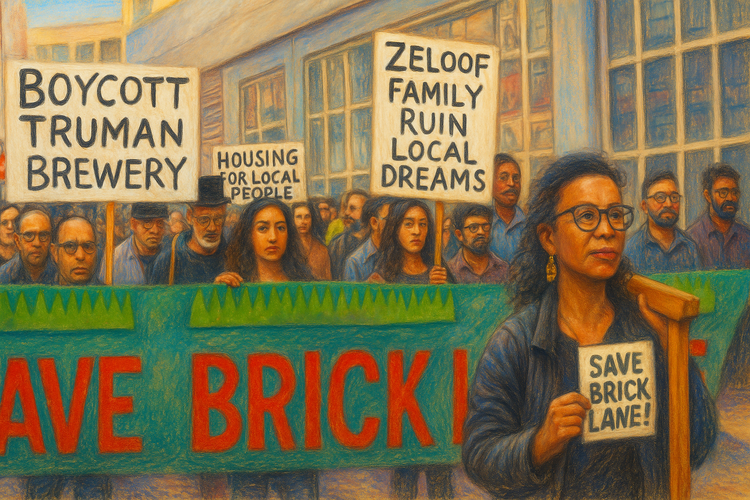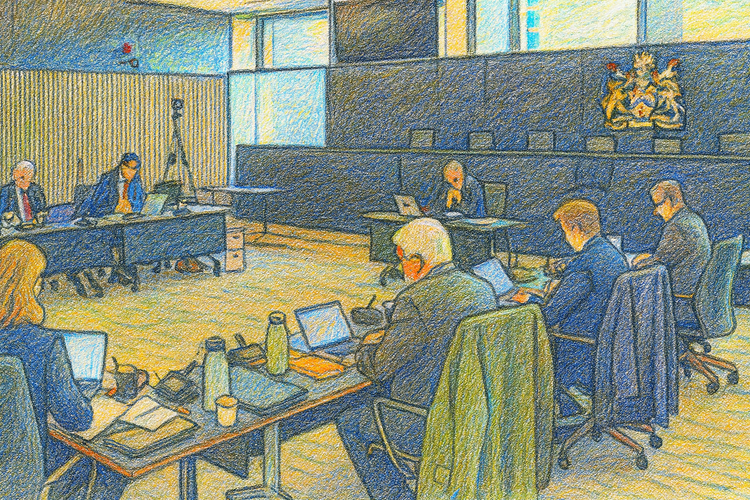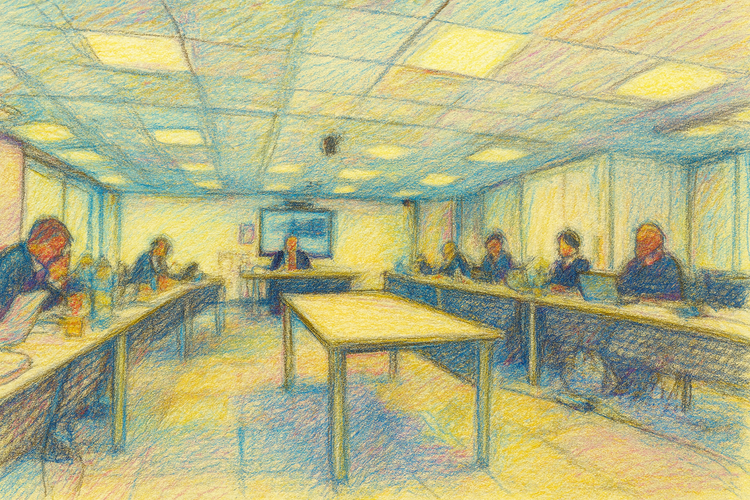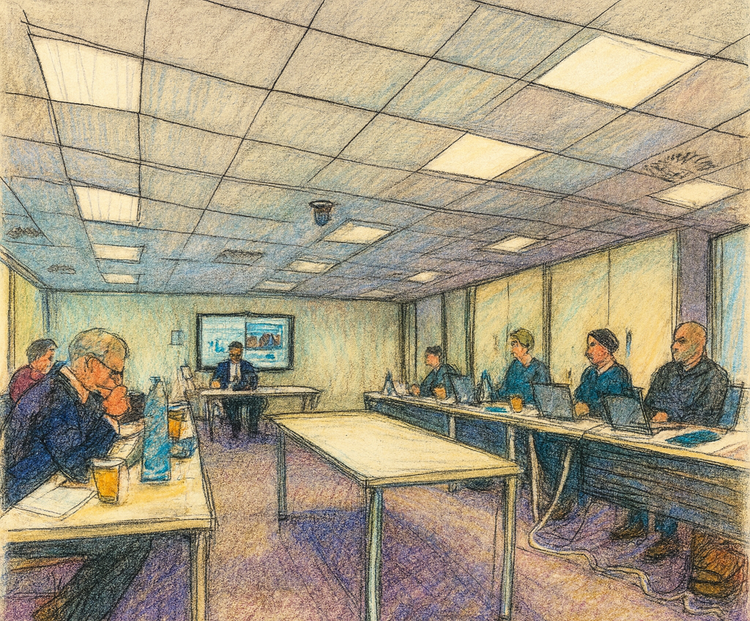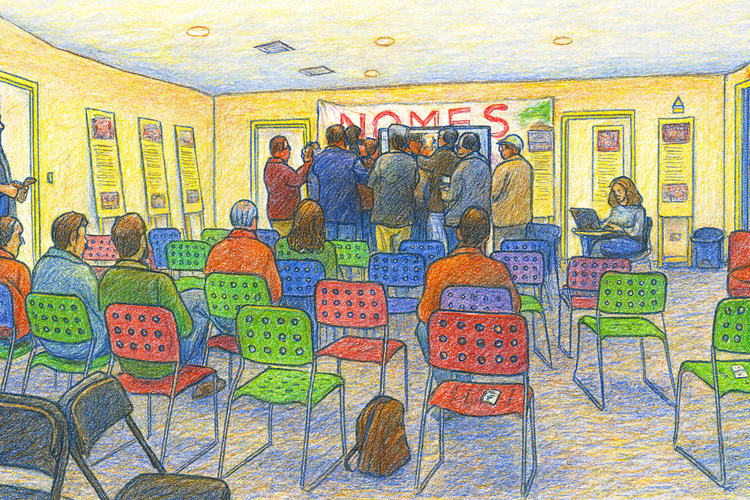Day 5 — The Heritage That Matters: Cross-Examining Historic England’s Legacy
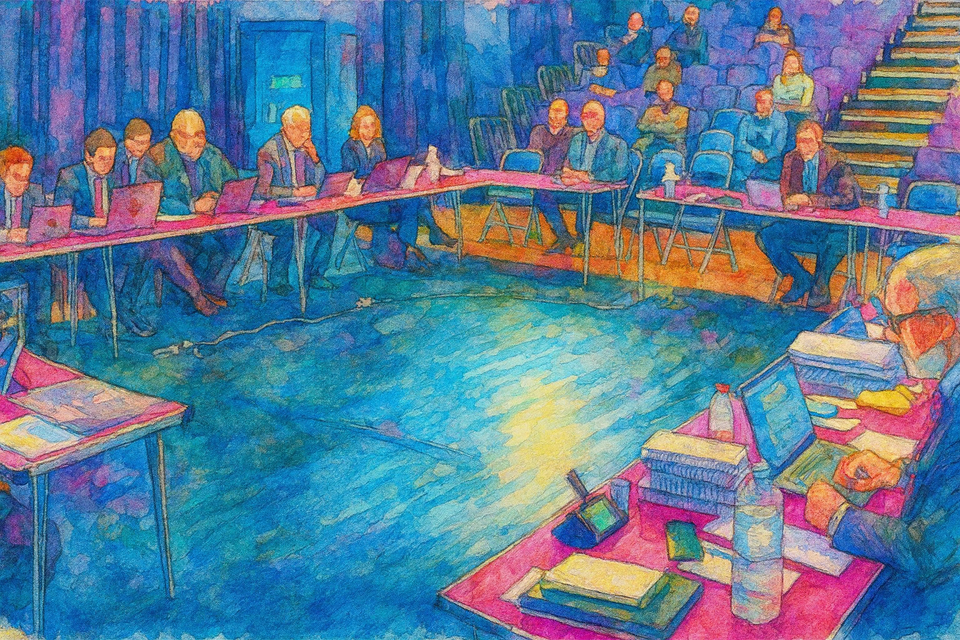
At Tuesday’s session of the Truman Brewery Public Inquiry, heritage witness Michael Dunn — Director of The Townscape Consultancy Ltd and formerly a senior officer at Historic England — was questioned on how he defines harm, heritage, and enhancement. His answers revealed not just an approach to townscape but the inheritance of an institution: the culture of deciding what “matters.”
From Defence to Definition
The fifth day of the inquiry opened with Mr Dunn’s cross-examination. Where his earlier evidence had set out the architecture of justification — language that turns loss into enhancement — Tueday’s questions tested those definitions against the record.
Counsel for Tower Hamlets read from the Brick Lane and Fournier Street Conservation Area Appraisal, pressing the instruction that publicly accessible views of local landmarks should be protected. Mr Dunn answered evenly: the document, he said, was “very, very broad” and “too vague and too broad-brushed.” It pre-dated Historic England’s later guidance GPA 3, which explains that “not every view is of equal importance.”
Although Mr Dunn frequently referred to Historic England in his earlier testimony and stated that his conclusions reflected “the opinion of Historic England,” the organisation’s own consultation response — dated 7 October 2024 — is a separate document. It represents the statutory body’s view, not Mr Dunn’s personal position.
Mr Dunn left Historic England in 2023 after two decades as a senior officer and now appears as Director of The Townscape Consultancy Ltd, a private practice instructed by the appellants Truman Estates Ltd and Zeloof LLP. His evidence is commissioned by the developer’s team and is independent of Historic England’s submission.
A Hierarchy of Views
The phrase “not every view is of equal importance” became the day’s refrain.
To Mr Dunn, heritage is a system of weighting: primary views, secondary views, incidental views. From that hierarchy flows his conclusion that the loss of certain vantage points — such as truncated sightlines to Christ Church Spitalfields or the Truman chimney — does not constitute harm.
When counsel showed images where views of the chimney would disappear, Mr Dunn replied: “Yes they will,” adding that these were “incidental views” and “not particularly high quality in a heritage sense.” This calibrated language mirrors the internal logic of Historic England’s methodology: significance is not emotional; it is assessed. Yet under cross-examination the calibration itself became the issue — what happens when assessment erases experience?
Scale, Substitution and the Claim of Enhancement
Using verified views from Allen Gardens and Buxton Street, counsel suggested that new blocks 3A and 3B would compete with the brewery chimney. Mr Dunn replied that the buildings “are set back [and] give it breathing space” and that the low-rise yards they replace “detract from the character and appearance of the conservation area and should be enhanced and improved.”
Enhancement, in his lexicon, is achieved through substitution: replacing something “poor” with something “better.” It is a language of improvement that often sounds architectural but is essentially economic. The question hanging in the room — and in the faces of those who remember the site’s industrial past — was: better for whom?
The Matter of Omission
When asked about 35 Buxton Street, a listed building once attached to St Augustine’s Church, Mr Dunn admitted that his assessment omitted the surviving church school. “It’s not mentioned,” he said, before adding that the setting “isn’t a major factor.” Counsel noted that one must define setting before judging impact; Mr Dunn replied that his team had taken what he described as a “proportionate” approach.
That phrase — another of the bureaucratic idioms inherited from Historic England — encapsulates a professional culture where proportionality becomes the shield against completeness.
Wilkes Street and the Test of Dominance
The defence turned to Ely’s Yard and the Wilkes Street views — the Georgian terraces most often photographed by campaigners. Would the new industrial block dominate the view? Mr Dunn said he “wouldn’t consider [the building] dominant,” and observed that the chimney and adjacent frontages “terminate” the prospect when seen from the street. He contrasted the existing “dull industrial shed” with a “high-quality building.” In a single exchange, the language of regeneration merged with that of heritage, each justifying the other.
When Culture Becomes Character
Near the end, questioning widened beyond brick, stone, timber, and light —the physical stuff of buildings and history. Counsel cited the conservation area’s description of Brick Lane as a “home to successive generations of migrants.” Did Mr Dunn accept that displacement of the Bangladeshi commercial community could affect the area’s character?
“Potentially, yes,” he said.
It was the first explicit recognition, from the developer’s heritage witness, that culture itself forms part of the conservation area’s significance. For a moment the phrase “the heritage that matters” regained its plain meaning.
Institutional Echoes
Mr Dunn’s career reflects the close movement between public-sector heritage work and private consultancy. For twenty years he authored the letters others now quote; today he interprets them for the developer. The same professional vocabulary — less-than-substantial harm, proportionate, enhancement opportunities — travels with him, institutional experience translated into commercial method.
Closing Moments
At 2 : 30 p.m., the Inspector adjourned for the afternoon public session, deferring Mr Harris KC’s re-examination to the next sitting. Mr Dunn remains under oath.
Who Speaks for “The Heritage That Matters”?
Historic England’s public mission is framed around the phrase “Protecting the heritage that matters to us all.” In practice, the question of who defines what matters runs through the entire inquiry. Mr Dunn, who helped to shape that policy language during his two decades inside the organisation, now interprets it from the other side of the table — as a consultant for the developer. His reading of “heritage that matters” emphasises design quality, legibility, and opportunity for enhancement; community witnesses describe it instead as continuity, belonging, and use.
Both claim to protect heritage, but they are speaking about different things. Friday’s session made that difference visible: the institutional voice of protection and the civic voice of memory contesting the same words.
Analysis
The fifth day exposed the elastic meanings that make heritage both defensible and vulnerable. “Enhancement,” “significance,” and “incidental view” are hinge terms — able to swing between protection and permission. When a former heritage guardian deploys them on behalf of a developer, the question becomes not just what is at stake on Brick Lane, but who now decides what heritage that matters means.
Editorial Note
This report is a fair and accurate account of open proceedings at the Truman Brewery Public Inquiry and is protected by qualified privilege under Schedule 1 of the Defamation Act 1996; commentary reflects the author’s analysis in line with NUJ and IPSO standards.
